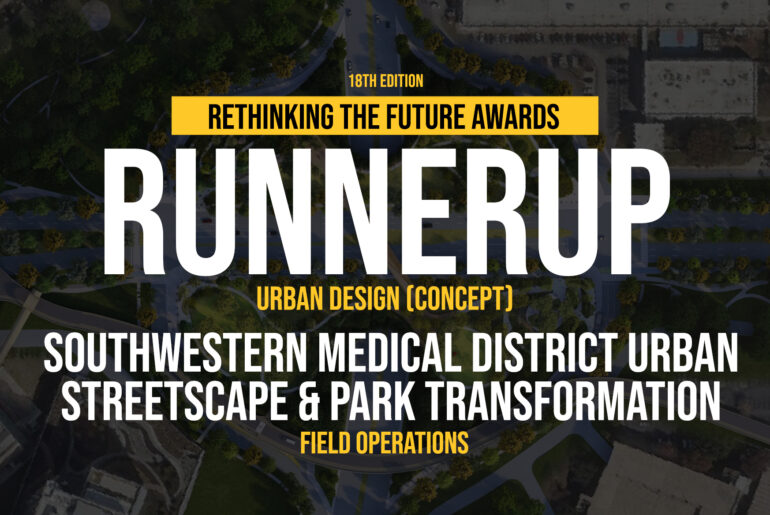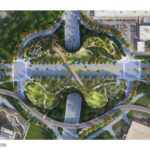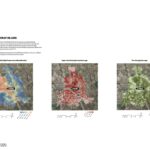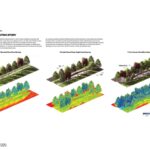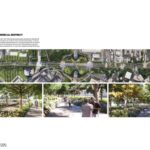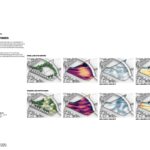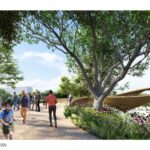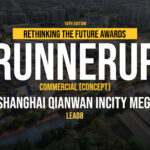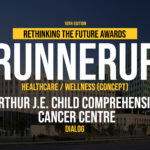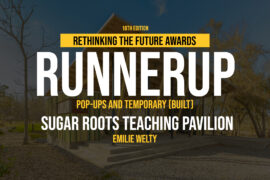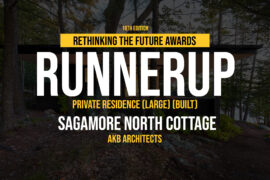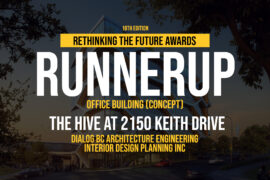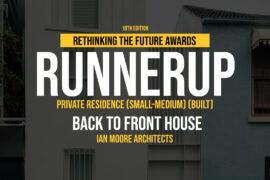The Southwestern Medical District (SWMD), serving 8 million patients, providers, students, and visitors annually, faces critical environmental challenges due to its location in one of Dallas’ hottest urban heat islands and a severe lack of quality green spaces.
Rethinking The Future Awards 2025
Second Award | Urban Design (Concept)
Project Name: Southwestern Medical District Urban Streetscape & Park Transformation
Category: Urban Design (Concept)
Studio Name: Field Operations
Design Team:
Client: The Texas Trees Foundation
Project Lead, Landscape Architecture, Urban Design: Field Operations
Area: 45 acres
Year: 2023
Location: Dallas, Texas, United States
Photography Credits:
Sheet 1: © Field Operations
Sheet 2: © Texas Trees Foundation
Sheet 3-6: © Field Operations
Render Credits: N/A
Other Credits:
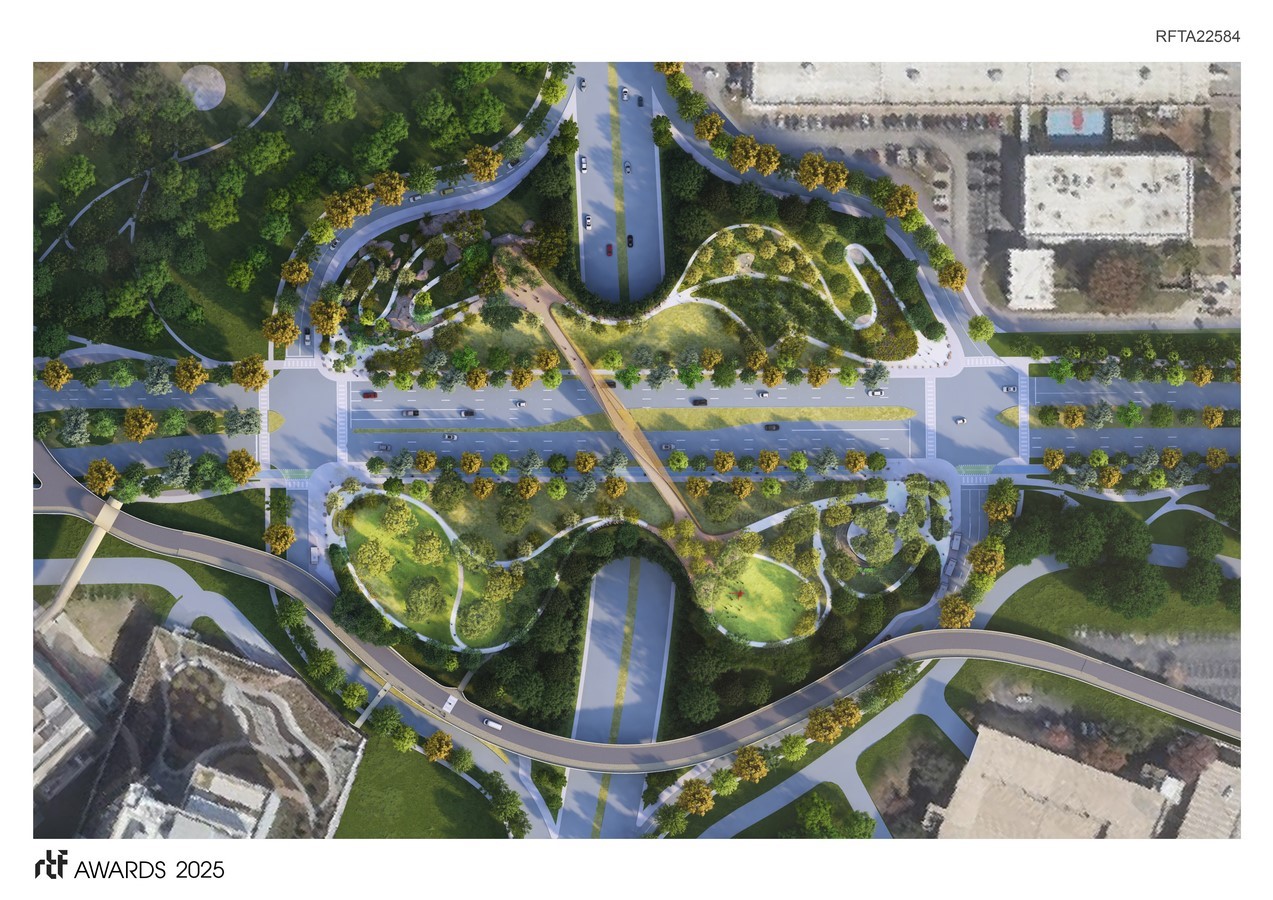
Our research explored whether evidence-based design could improve thermal comfort and reduce temperatures in this healthcare hub. The team focused on transforming two key spaces: a 2-mile stretch of Harry Hines Boulevard (the “Green Spine”) and an 8-acre cloverleaf interchange (the “Green Heart”).
Our interdisciplinary team of landscape architects and data scientists developed a collaborative workflow integrating design exploration with simulation and rigorous data analysis. We established baseline conditions using multiple datasets to benchmark potential improvements.
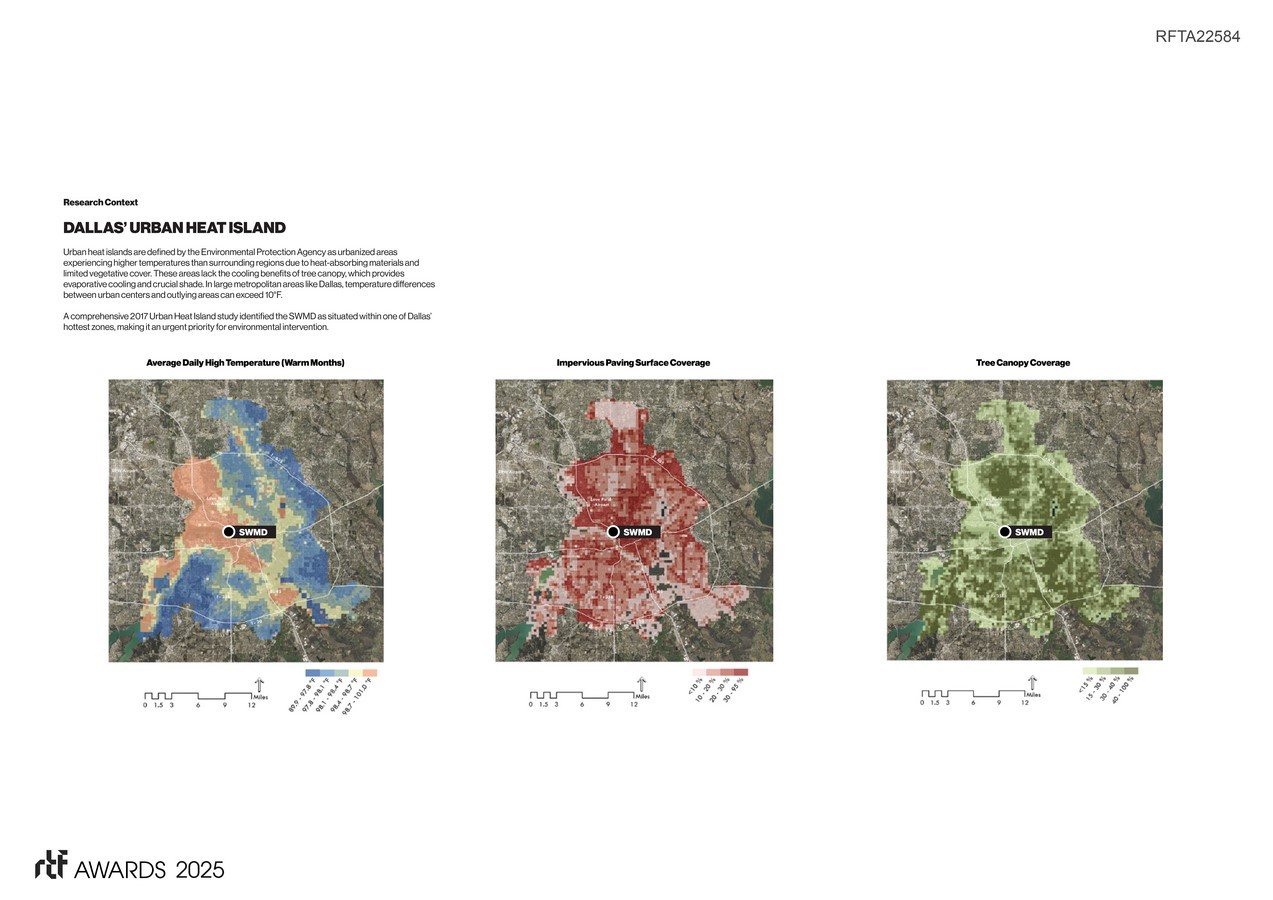
Research confirms trees can block 70-90% of summer solar radiation, with studies showing a 40% increase in urban tree cover can decrease air temperatures by 1.8-3.6°F on average. Our corridor planting studies revealed that conventional street tree arrangements provide minimal sidewalk shade. Instead, higher density “tree grove” configurations with varied sizes and spacing proved most effective, capable of lowering surface temperatures by up to 20°F.
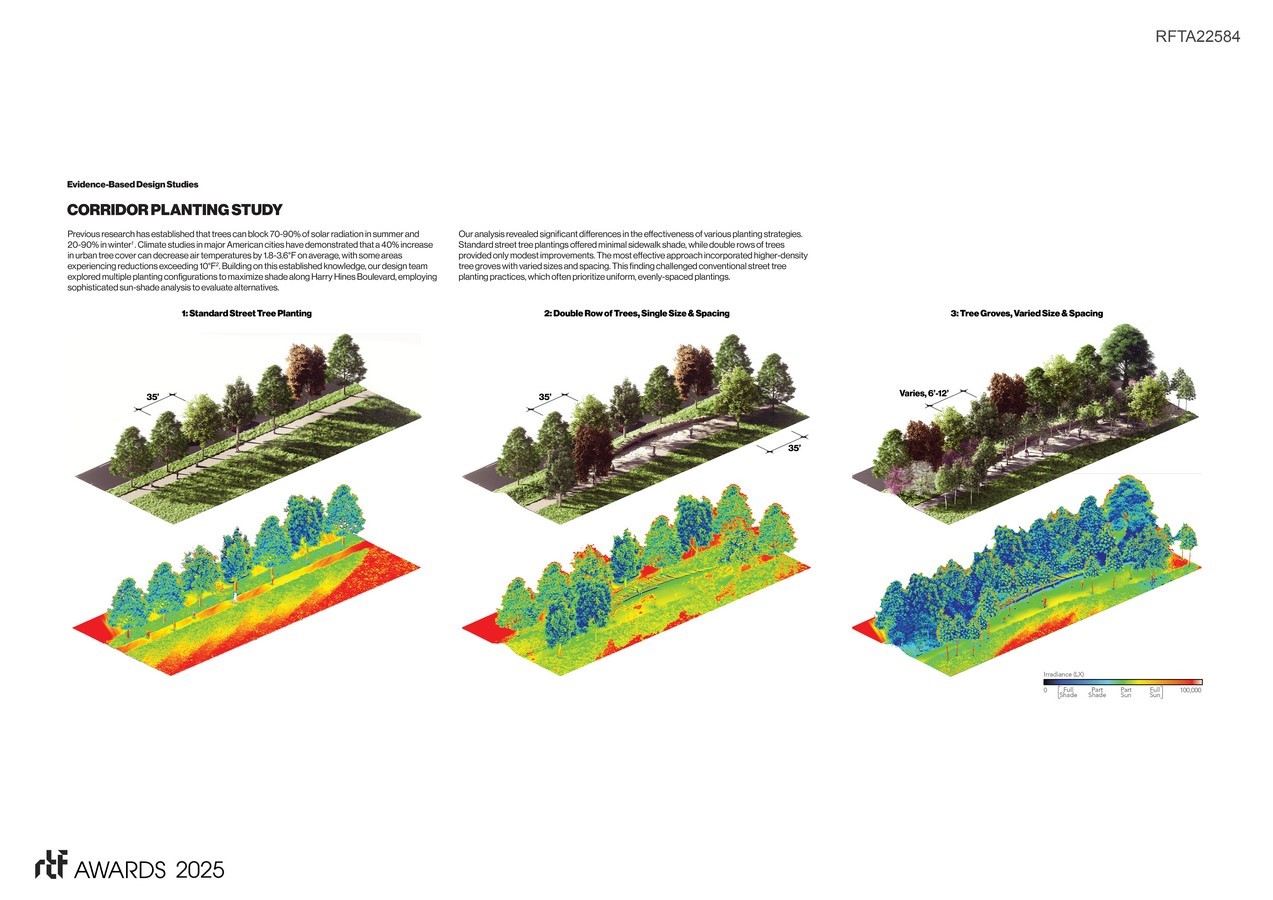
Our team installed on-site sensors to capture real-time climate data including wind speed, direction, humidity, and radiant heat. This allowed us to calculate the Universal Thermal Comfort Index (UTCI), providing a comprehensive “feels like” temperature assessment.
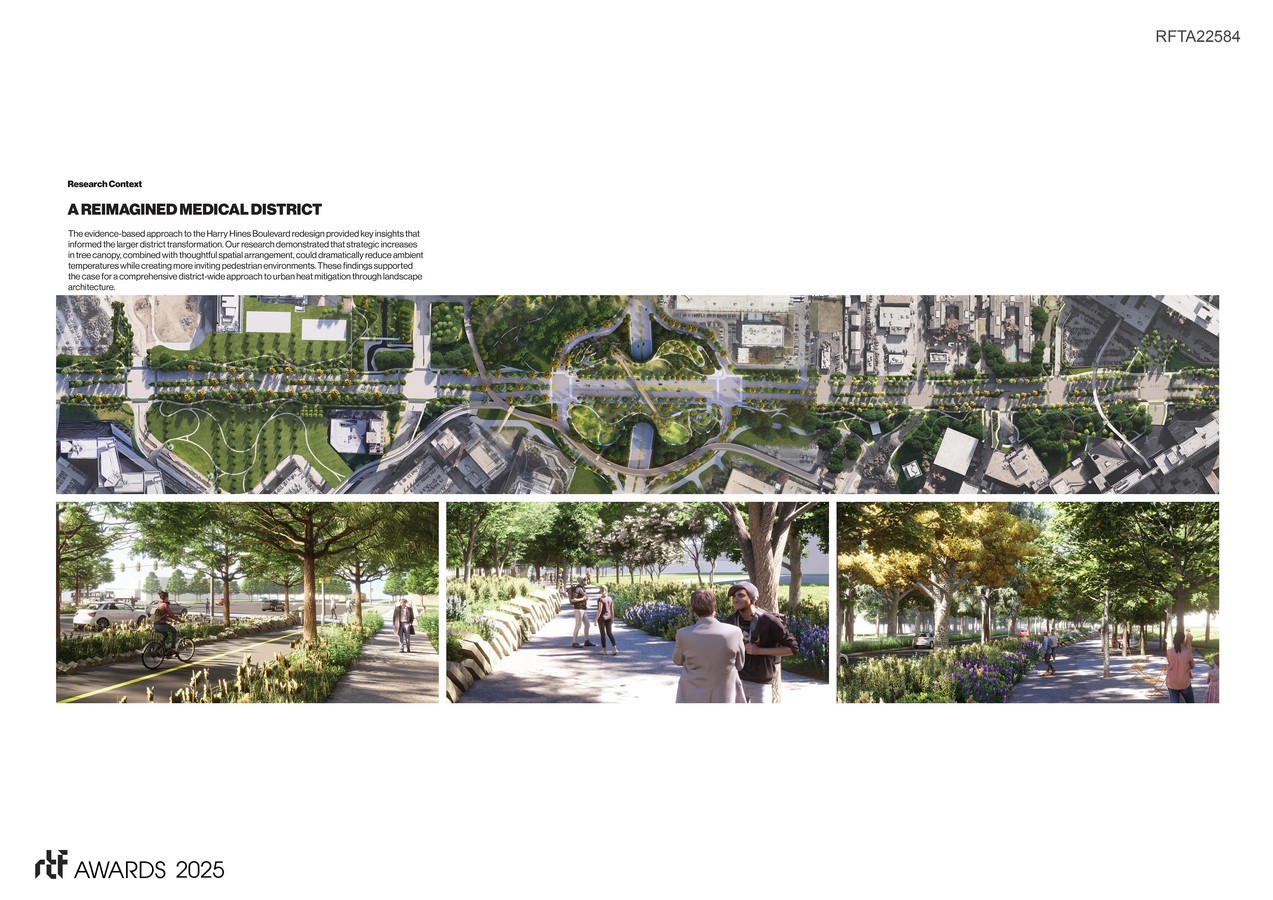
We developed custom environmental analysis tools to visualize multiple factors simultaneously, enabling more precise evaluation of design alternatives. This sophisticated approach allowed us to optimize for year-round comfort rather than solely summer conditions, creating a mosaic of microclimates throughout the park that expands usable outdoor time by an estimated 25% annually.
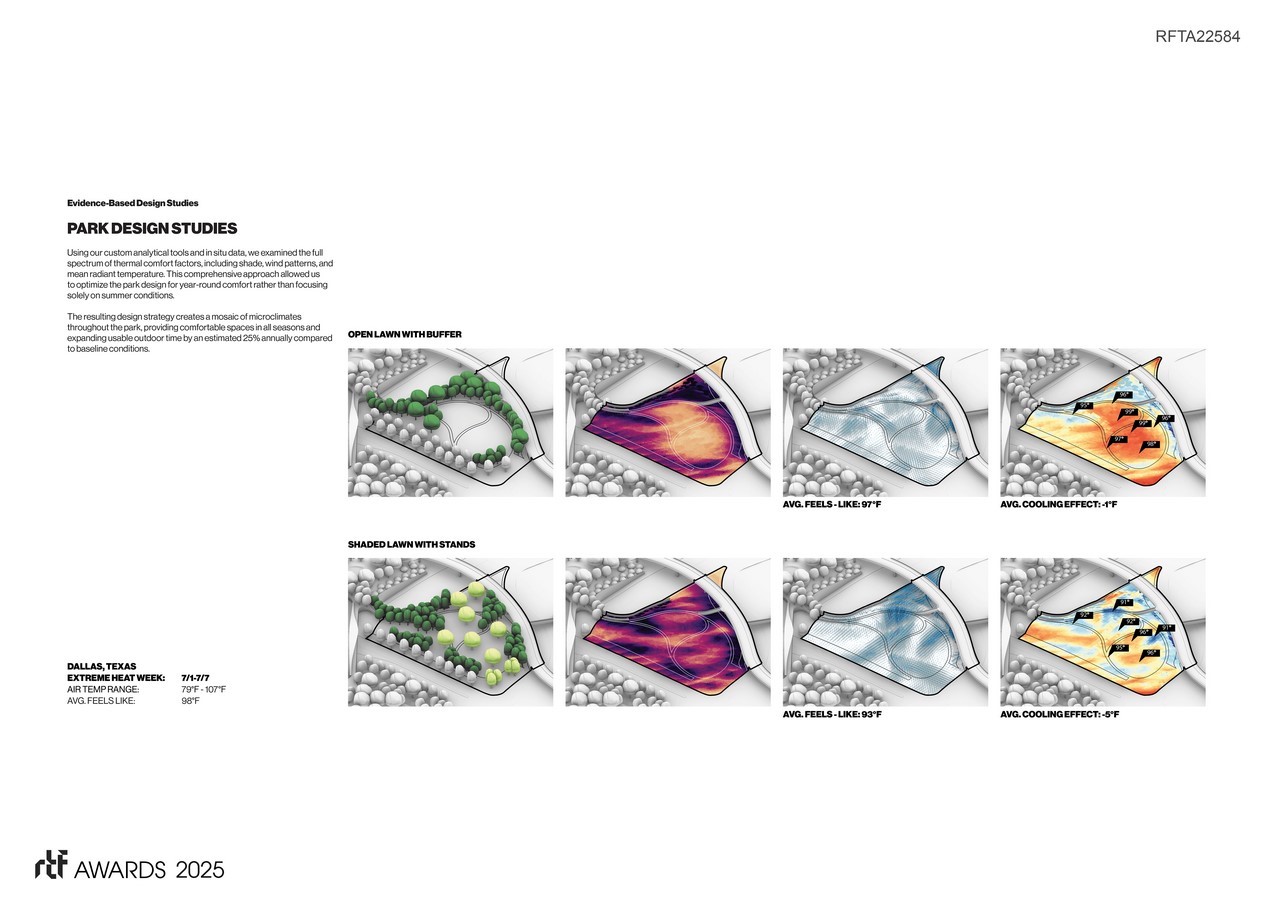
Our findings challenge conventional street and park planting practices that prioritize uniform, evenly spaced canopy trees. The naturalistic, varied arrangements we propose not only perform better thermally but also create more dynamic and engaging public spaces.
An important component of our process was developing effective communication tools to translate complex scientific data into accessible information for stakeholders, funders, and regulatory agencies. Animations synthesizing the design interventions and their benefits proved invaluable in building support for implementation.
This project demonstrates how landscape architecture can address critical urban environmental challenges through evidence-based design. By combining rigorous scientific methods with creative design thinking, we developed strategies to significantly improve thermal comfort in one of Dallas’ hottest districts.
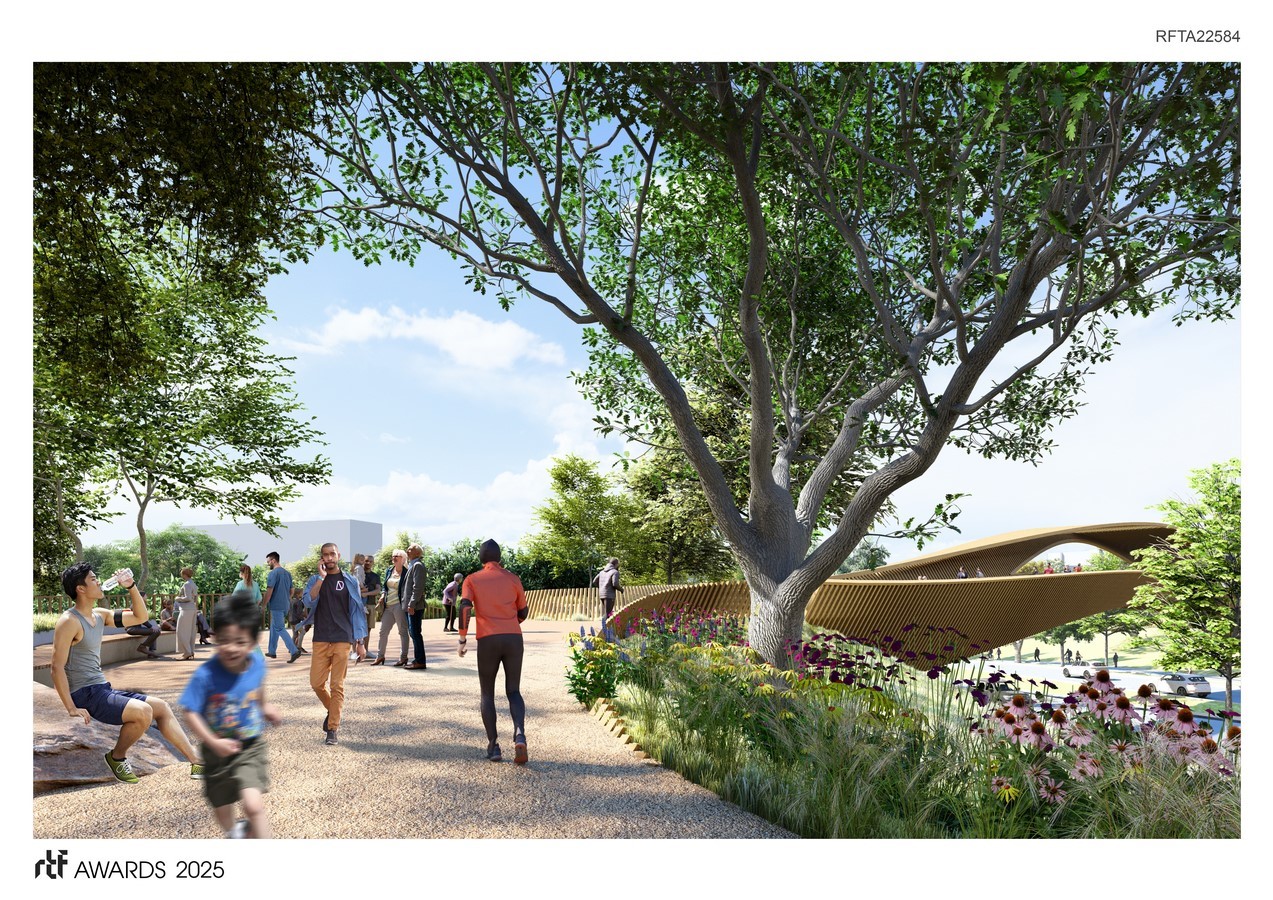
The approach has broad applicability to urban heat island mitigation efforts worldwide, particularly in healthcare districts where outdoor comfort directly impacts vulnerable populations. Future research opportunities include long-term monitoring of implemented designs, exploration of additional co-benefits, such as stormwater management and biodiversity enhancement, and development of simplified analytical tools to make similar evidence-based approaches more accessible to practitioners.
By combining rigorous scientific methods with innovative design, the team developed evidence-based strategies that could reduce temperatures by up to 20°F in Dallas’ Southwestern Medical District. Their custom environmental analysis tools and thermal comfort metrics advance the field’s technical capabilities, while challenging conventional design practices.

